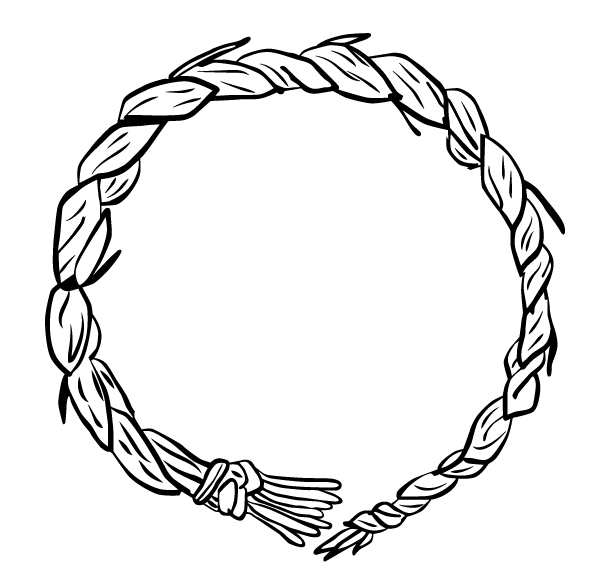Introduction
The Medicine of the Berry Patch: A Guide for B.C. Post-Secondary Institutions to Support Indigenous Students was created for faculty and staff at post-secondary institutions.
This guide invites you to engage in experiential learning through videos and accompanying readings, activities, and self-reflection questions to improve your capacity to support First Nations, Métis, and Inuit students, particularly survivors of sexualized violence at your post-secondary institution. You will explore the social realities of Indigenous students in Canada and consider and reflect on intergenerational trauma and harms faced by Indigenous people. You will be invited to learn ways to begin building relationships with the Indigenous communities where you work and live, recognizing the inequities as well as the resilience, resistance, and joy in these communities.
As part of this work, you will consider your personal, educational, and professional contexts and how those impact the current—and future—support provided to survivors of sexualized violence. You will be asked to develop approaches to sexualized violence that are not just inclusive but also answer the Truth and Reconciliation Commission’s Calls to Action [PDF] to decolonize and indigenize the frameworks and supports offered to survivors of sexualized violence.
The material and activities in this guide are based on the assumption that you have read and reflected on the Truth and Reconciliation Commission reports (including the Calls to Action), The Final Report of the National Inquiry into Missing and Murdered Indigenous Women and Girls as well as other relevant reports such as In Plain Sight: Addressing Indigenous-Specific Racism and Discrimination in B.C. Health [PDF].
This guide asks you to commit to a journey of exploration and action. As with many journeys, there will be discomfort and sometimes a sense of dislocation, so practise self-care and seek out any support you need, whether this means talking to a friend or colleague or consulting with services at your post-secondary institution or in your community.
Indigenous Communities
In this resource, references to Indigenous communities or First Nations, Métis, and Inuit communities should be understood to include people living on or off reserve, on or off campus, urban Indigenous people, and both status and non-status. Connecting with local First Nations or Indigenous communities may take many forms, from attending a First Nations ceremony or spending time at a local Aboriginal Friendship Centre.
Videos created as part of this resource hold a CC BY-NC-ND licence to protect the knowledge shared by Jewell Gillies. This means you can reshare these videos for non-commercial uses only, as long as credit is given to the creator, and no derivatives or adaptations of the work may be shared publicly.
Attribution statement:
The Medicine of the Berry Patch video series by Jewell Gillies is licensed under a CC BY-NC-ND 4.0 License.
Throughout the video series we use illustrations at some points. Each video begins with a graphic listing those illustrations, which are as follows:
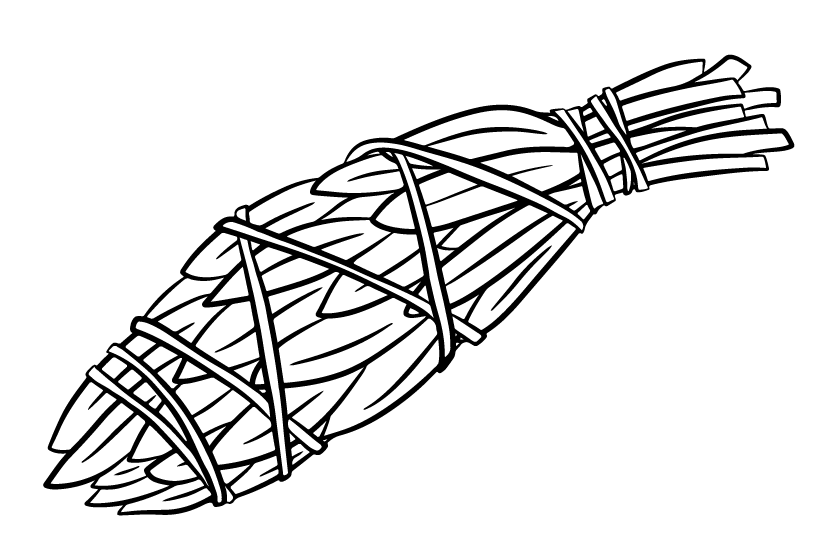
|
Sage & Sweetgrass symbols identify content that recognizes Indigenous trauma and resilience. |
|---|---|
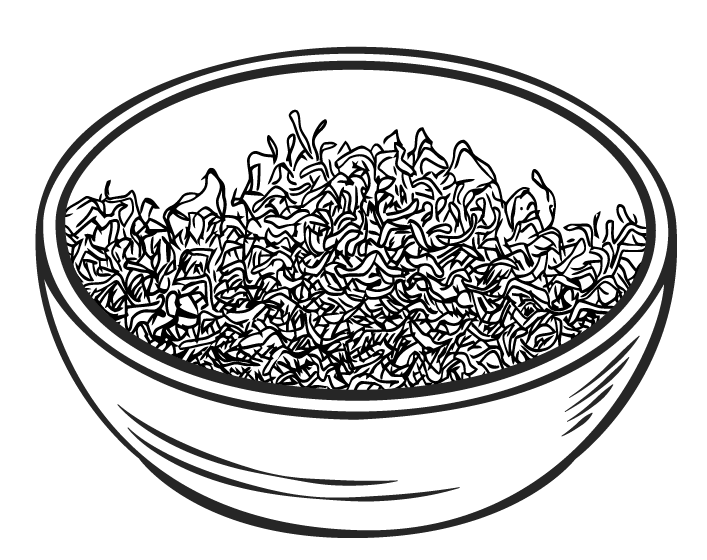 |
Tobacco is a rich ingredient that symbolizes Indigenous community. |
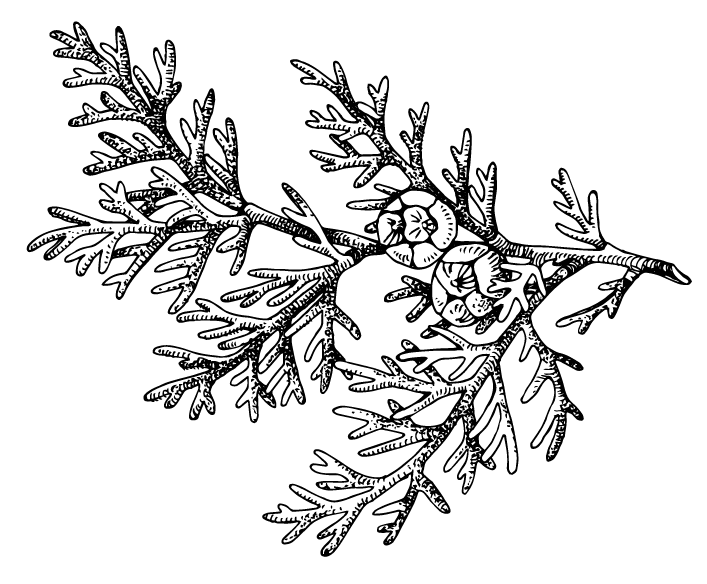 |
Cedar is used to signify Indigenous language and identity. |
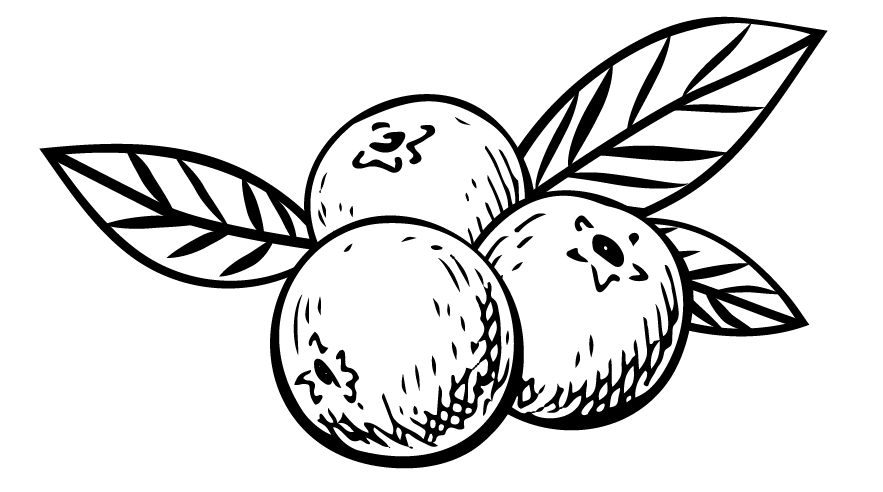 |
Berries signify generational traditions and practices that foster Indigenous togetherness and identity. |

